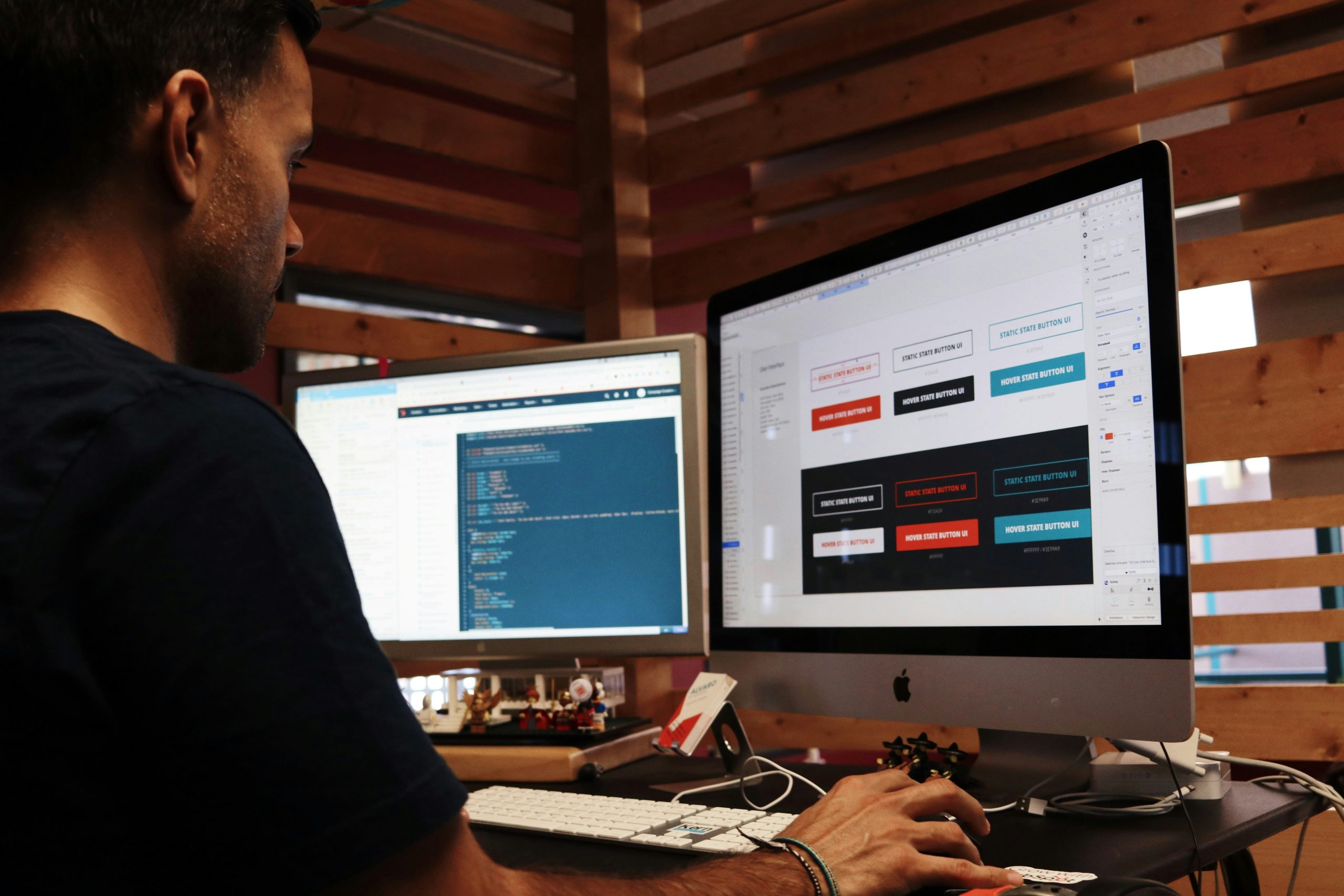Is Your Website Too Bouncy?

This blog is not about inflatables (although who isn’t a fan of those?). When we refer to a website’s “bounce rate”, we’re talking about something a lot less fun … and potentially more costly.
When a user arrives at your website, as a business you’ll have an action or two that you want them to perform. Whether that’s booking an appointment, completing a sale or submitting some data, a website realises its value to a business only when it’s able to ensure that users click those buttons.
From mobile first design to website UX design, there is a lot of jargon here to get through. But the basics are simple: building a returning and active audience for your website takes work, but once you do you’ll see results. At our HQ here at ImagePlus Coventry, web design is what we do – and we can help demystify your website’s bounce.
So how do you measure whether all that effort is working? The answer is by monitoring your bounce rate. But wait .. what is a website bounce rate?

Rating Your ‘Bounce’
When web developers and digital marketers refer to a website’s ‘bounce rate’, they mean the percentage of a website’s visitors who leave it after viewing just one page. In other words, how many of your visitors ‘bounce’ off your website so quickly that they’re not engaging sufficiently with your calls to action?
The higher the bounce rate, the worse the problem. That is, the higher percentage of a site’s visitors that are leaving the site within a single page, the less good a job the site is doing of retaining them. Conversely, the lower a site’s bounce rate, the more time a site’s users are spending with it.
What’s a website bounce rate? It’s how you measure your website’s first impression. Of course, a low-bounce site may still not convert enough users – but at least it is giving itself the opportunity! The first step to a functioning sales funnel is a low bounce-rate … without it, nothing else will work.
How To Improve A Website Bounce Rate
Let’s say a site isn’t performing as its owners had hoped, and they’ve discovered that a high bounce-rate might be the culprit. What can they do?
We’d advise a user-centred approach to figuring this out. Your website UX design – or user experience design – needs to make your site a pleasure for visitors. But if your bounce-rate is high, it might mean your visitors don’t like the look of your site or they didn’t find what they were expecting. That is, the first page they see didn’t interest them enough to persuade them to stick around and find out more.
What factors might be causing this? How can you improve your website bounce rate?
1. Speed.
If your site is slow to load, your visitors will likely click away in frustration. Landing pages – in fact, all pages – need to load extremely quickly. Good web developers and designers know how to achieve this, and can help drive down your bounce rate.
2. Looks.
Not for nothing do they say that the first bite is with the eye! If your bounce rate is high, is your website’s design failing somewhere? It should draw your visitors in and offer intuitive usability – after all, if a user likes how it looks, they’ll stay around longer.
3. Compatibility.
Your site needs to display well on every device, and especially on mobile ones. This doesn’t happen by accident – your web designer and web developer need to think carefully about how to achieve mobile-first design. If your site isn’t responsive, your bounce-rate will sky-rocket.
4. Navigation.
Most importantly from a user perspective, a site needs to be useful. And that means being able to find what you need quickly. Your site’s navigation should help your visitors find their way around easily and straightforwardly … and never turn up a broken link.
5. Relevance.
Finally, once your users reach their content, it needs to be useful, engaging and well targeted. Whether they’ve reached you via search or social, advertising or partner links, your content needs to match a user’s expectations –that way, they’ll spend some time with it.
In each of these cases, your web designers and developers will have ideas on how to achieve your goals: engaging headlines, attractive visuals, smart marketing … all can help a website capture and retain its audience. Optimising your site in this way will ensure your bounce-rate starts to come down.

What’s The Ideal Bounce Rate?
At ImagePlus’s Coventry web design hub, we work across lots of different industries and with all sorts of businesses of every size, and the truth is that the best bounce rate varies as much as our clients do. But our experience means we can help each client gauge the sort of bounce rate they should be aiming for.
High bounce rates mean missed opportunities, and it’s crucial to understand a site within its sector and among its competitors in order to obtain an edge. The key is to take a really close and in-depth look at your site – and understand where it is failing to engage your users. That way, we can identify what changes could be made to increase the time your visitors spend with you … and keep them coming back.
This is a virtuous circle, too: not only will improving your bounce-rate help your traffic; it will enhance your Google rankings. These changes can take time – Google builds its rankings slowly and assesses sites less than instantly – but working on your bounce rate really will pay dividends across the board.
Drop us a line today to discuss giving your site a once-over, and we can help you figure out if your website really is a bit bouncy … and not in the fun way.
